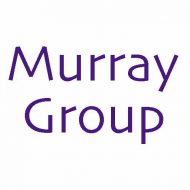D. Rousell, S.M. Dutta, M.W. Little, K.K. Murray, Matrix-free infrared soft laser desorption/ionization, J. Mass Spectrom.39 (2004) 1182–1189. doi:10.1002/jms.706.
Abstract
Infrared soft laser desorption/ionization was performed using a 2.94 µm Er:YAG laser and a commercial reflectron time‐of‐flight mass spectrometer. The instrument was modified so that a 337 nm nitrogen laser could be used concurrently with the IR laser to interrogate samples. Matrix‐assisted laser desorption/ionization (MALDI), laser desorption/ionization and desorption/ionization on silicon with UV and IR lasers were compared. Various target materials were tested for IR soft desorption ionization, including stainless steel, aluminum, copper, silicon, porous silicon and polyethylene. Silicon surfaces gave the best performance in terms of signal level and low‐mass interference. The internal energy resultant of the desorption/ionization was assessed using the easily fragmented vitamin B12 molecule. IR ionization produced more analyte fragmentation than UV‐MALDI analysis. Fragmentation from matrix‐free IR desorption from silicon was comparable to that from IR‐MALDI. The results are interpreted as soft laser desorption and ionization resulting from the absorption of the IR laser energy by the analyte and associated solvent molecules.




